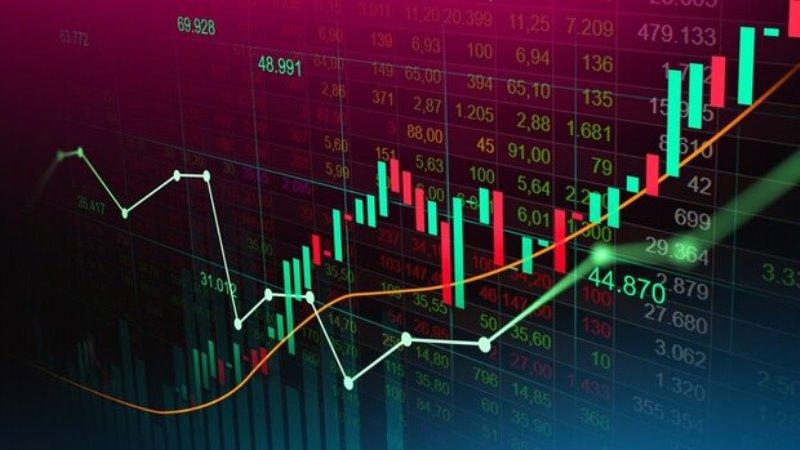Forex fundamental analysis is the study of economic and political factors that affect currency prices. It is the basis of all trading strategies and helps predict future price movements.
Forex fundamental analysis relies on a combination of economic data, market drivers and the monetary policies of central banks. These market drivers impact currency prices and can prompt enhanced participation and severe exchange rate volatility.
Economic Data Releases
Forex fundamental analysis is a critical part of any currency trader’s toolkit. It involves analyzing the underlying economy and its relationship to the price of the local currency, so that a trader can determine whether it is likely to increase or decrease in value.
Forex economic data releases, such as gross domestic product (GDP), consumer price index (CPI) and non-farm payrolls (NFP), are some of the most important pieces of information for traders. They can also provide insight into what a central bank may do next when it considers monetary policy.
However, there are some key nuances that you should understand when you’re evaluating these reports. These include the differences between indicators that measure growth (gross domestic product, GDP) versus those that measure inflation (PPI, CPI) or employment strength (non-farm payrolls).
Interest Rates
Interest rates are a key forex fundamental analysis indicator. They are used by central banks as a tool to manage their economies – raising them curbs inflation and lowering them promotes growth.
If an economy is growing, companies will want to borrow money to invest in new projects and increase their profits. Typically, this increases demand for the currency.
However, if the economic situation isn’t improving, companies will be less willing to borrow. This means that the central bank can raise interest rates to curb borrowing and encourage savings.
When central banks hike or cut interest rates, it has a massive impact on the forex market. Sometimes, it’s expected and a few pips won’t make much of a difference, but other times, it can send the price of a currency skyrocketing or dropping.
GDP
GDP is a key indicator that can move the forex market if it is significantly lower or higher than what traders expected. A reading that is less than expected can cause a major sell-off in the currency pair related to it, and a reading that is more than expected will probably also trigger volatility in the market.
This is because a high GDP means that a country’s currency is gaining in value, which increases the demand for that nation’s goods and services. Consequently, central banks typically raise interest rates in countries with high GDP to slow growth and contain the possibility of inflation.
GDP is a fundamental analysis indicator that can be used to watch out for recessions and keep up-to-date with monetary policy decisions, including raising or cutting interest rates. It also allows investors to make projections about a country’s economy and compare one with another.
Inflation
The forex market is influenced by the levels of inflation in different countries. If a country’s inflation is high, traders may sell its currency in favor of currencies that have lower rates of inflation.
This can have a negative impact on the exchange rate of the currency in question. Inflation is a key component of economic growth and is closely linked to interest rates.
A significant indicator of inflation is the Consumer Price Index (CPI), which measures the weighted average price of a basket of goods and services. The Core CPI, which excludes more volatile food and energy prices, is considered a better measure by both central banks and fundamental traders.
Inflation is a major factor in the economy because it causes the value of money to decline, which makes savers lose buying power and reduces demand for goods and services. A central bank’s goal is to keep inflation in a target range, but it can be difficult to predict when and how quickly inflation will occur.




